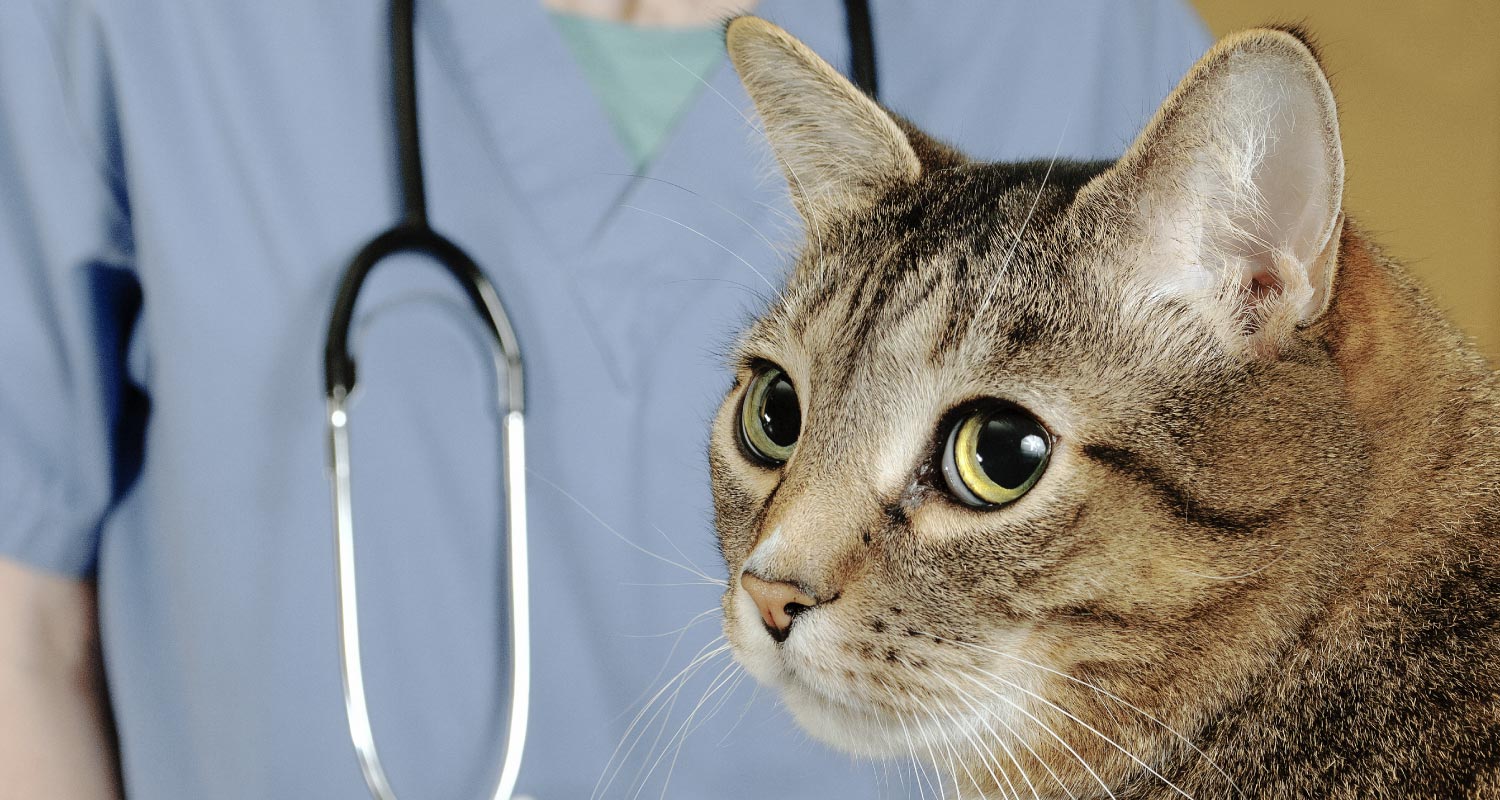HEALTH & WELLNESS

VOTING BOOTH

TRENDING

LIONS FOUNDATION OF CANADA DOG GUIDES
Lions Foundation of Canada Dog Guides and its founding program, Canine Vision Canada, was established in 1983. It’s the largest school of its kind in Canada with its training school in Oakville and breeding facility in Breslau.
What to do when your Cat is Diagnosed with CKD

RECEIVING YOUR CAT’S DIAGNOSIS
Following blood and urine tests, X-rays, an ultrasound, or biopsy, your veterinarian may give you the diagnosis that your cat has chronic kidney disease (CKD).
A cat’s kidneys are very important for the functioning of the body. Kidneys do a variety of things, such as helping to manage blood pressure, making hormones, stimulating the bone marrow to make more red blood cells, and removing waste from the blood.
Kidneys can begin to fail as your cat reaches middle-age and older. If left untreated, CKD can lead to a number of health problems. When the condition is chronic, it’s developed over years and is irreversible and incurable. But with early diagnosis, treatment and management, you can improve both the quality and length of your cat’s life.
FROM DENIAL TO ACCEPTANCE
It’s challenging to know that your cat has an irreversible disease that is progressive; however, you can help ensure the best future for your cat by consulting with your veterinarian and setting up a treatment and management protocol.
With a chronic kidney disease diagnosis, treatments can range from surgery to remove blockages to IV fluids to a special diet and medications.
THE MAIN GOALS
- QUALITY: Help your cat feel better as soon as possible
- QUANTITY: Prolong your cat’s life while he or she feels well enough
COMMUNICATE WITH YOUR VET
Ask your vet to help you understand
- How severe the condition is
- In which stage your cat is currently in
- What signs you can expect to see next
- How you can manage symptoms effectively
- The importance of water intake and diet management
WHAT YOU NEED TO REMEMBER
- Unfortunately, there is no cure for chronic kidney disease (CKD)
- But, a longer, happier life is possible with a treatment plan in place
It can take years for CKD to progress, so early diagnosis is key and immediate treatment is crucial to slow down the disease. With the right treatment plan, you should be able to give your cat a good quality of life.
WHAT NEEDS TO HAPPEN
- Attitude: You need to stay positive, for your and your cat’s sake
- Angles: Manage the symptoms that make the disease worse
- Lifestyle: A few little tweaks can go a long way to improve comfort
- Commitment: You can’t stray from the treatment plan, especially when it’s working
THE PURPOSE OF A TREATMENT PLAN
A treatment plan is there to help you manage your cat’s diet, fluid intake, therapies and medications that help to fight this degenerative disease.
MEDICATIONS
Talk to your vet about different types of medications and be honest if convenience and ease of administration is important to you. After all, some treatment solutions are:
- SAFER
- TASTIER and much
- EASIER TO ADMINISTER than others.
You also want to choose a medication that’s not only EFFECTIVE, but FAST-ACTING as well.
YOU AND YOUR CAT
CKD can successfully be managed for years, so don’t allow it to affect the bond you share with your cat.









